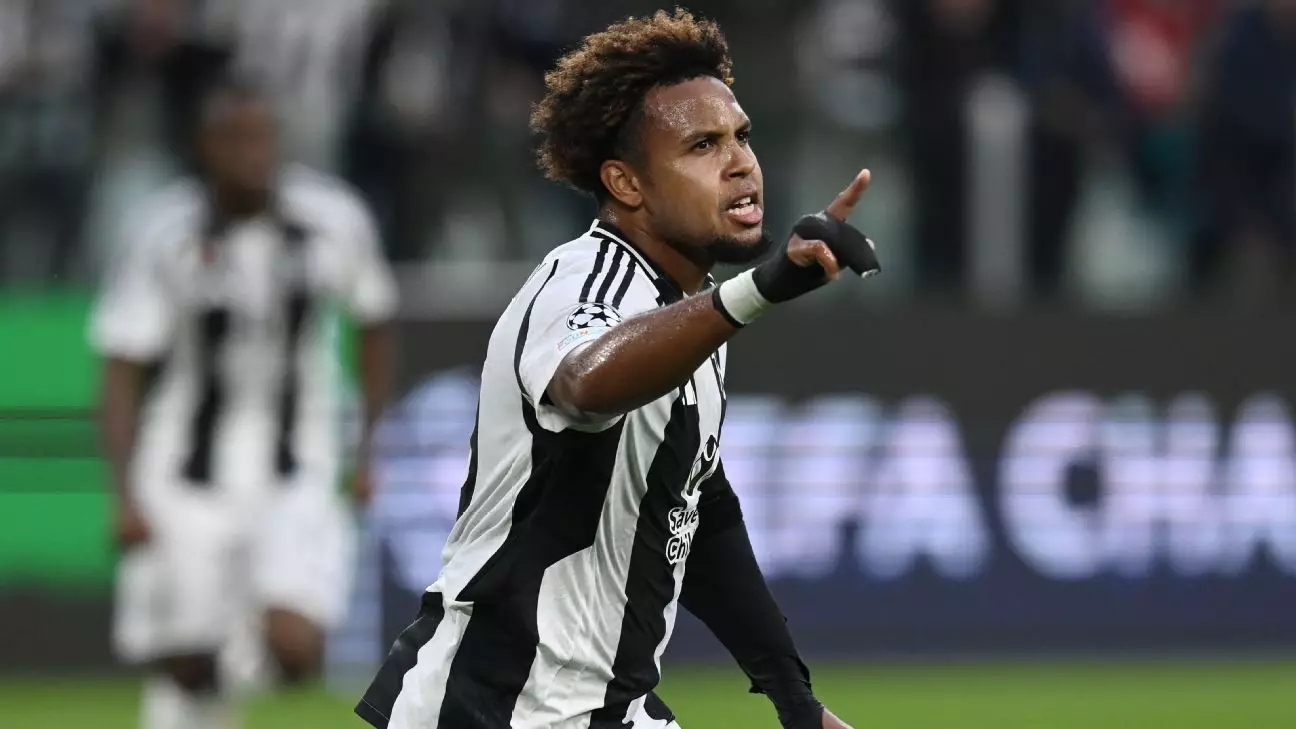The commencement of the 2024-25 UEFA Champions League, now under a revised structure, has ignited conversations among football analysts and fans alike. The first matchday was characterized by high-scoring encounters and dramatic plots as defending champions Real Madrid began their campaign while titans such as Manchester City, Bayern Munich, and Paris Saint-Germain recorded resounding victories. The intrigue of the new format, with its potential for more intense competition, has raised pressing questions about the nature of blowouts, squad rotation, and the evolving dynamics of team performances in Europe’s premier football league.
Discussions about high goal margins, typical in the Champions League, seem to amplify with the advent of the new model. Critics argue against the notion that this format would incentivize teams to run up scores relentlessly. As Mark Ogden pointed out, the essence of league competitions often necessitates the importance of goal difference, a variable that has historically dictated outcomes. The practice of accumulating as many goals as possible can be seen as the nature of competitive sport, a tenet that separates professional team sports from casual competitions. Realistically, if clubs possess the capability to score heavily, and they are engaged in a tough league, this should not draw reproach; instead, it should be viewed within the sporting ethos.
Gab Marcotti introduced an interesting cultural lens, asserting that the perception of scoring margins may diverge across various football cultures. While some view relentless scoring as an exhibition of dominance, others see it as disrespectful, particularly in cases where opponents might be outmatched, a sentiment echoed by Kirkland, who noted that the Champions League has a long-standing tradition of significant scorelines. This duality highlights a nuanced aspect of sportsmanship that, despite competition’s fierceness, should also acknowledge the status of the adversaries on the pitch.
One of the most significant implications of the new Champions League format is the opportunity it affords elite clubs in terms of squad management. Historically, qualification for the knockout stages has necessitated consistent performances, often leading to fatigue among top players. However, under the new structure, top teams can afford to rest key personnel during less critical fixtures. This flexibility can lead to potentially diminished competitive intensity, as noted by Ogden. Clubs with deep rosters, like Manchester City, may field secondary squads against perceived weaker opponents without jeopardizing their advancement to the next round.
The concept of squad rotation has been juxtaposed against teams that have traditionally relied on a consistent starting eleven. Compared to sides like Inter Milan, who are adept at rotating their roster throughout the season, clubs like Atletico Madrid may experience challenges in fluidity and chemistry as they introduce new players mid-competition. The strategic implications of this adaptability culminate in increased performance variance, highlighting that dominance may not solely rely on star talent but also on cohesive teamwork.
Cinderella Stories and Underwhelming Giants
Amidst the chatter of dominant performances and strategic advantages, there are also narratives of Cinderella clubs and the heartbreaking tales of traditionally strong teams faltering in the face of change. The first matchday showcased Celtic’s jubilant display, triumphing over Slovan Bratislava, illuminating the passion and fervor smaller clubs exhibit in this grand tournament. For Celtic, competing in the Champions League represents not only a financial boon but also instills hope and vitality in the club’s aspirations. Such performances are critical for leagues outside the top echelon, where the financial disparity can often seem insurmountable.
Conversely, the fall from grace of teams like AC Milan illustrates the transient nature of football fortunes. Despite an illustrious history, losing to Liverpool in such a stark manner signals a lingering struggle for relevance within a performance-driven landscape. The weight of expectation is notably heavy for clubs with rich legacies, and their ability to reclaim past glory necessitates not only on-field success but also astute management and investment in building competitive rosters.
As the dust settles from the initial matchday, the long-term implications of the 2024-25 UEFA Champions League format remain to be seen. Initial responses indicate a blend of skepticism and optimism. While the likelihood of blowouts has been downplayed, the structural changes undoubtedly create an environment ripe for both strategic innovation and thrilling football narratives.
The beauty of the Champions League lies in its unpredictable nature, where powerhouses and underdogs collide on a grand stage. Whether the new model enhances or complicates this dramatic tapestry will ultimately depend on how teams adapt to the evolving requirements of competition. With each passing match, the excitement grows, and the anticipation of unforeseen outcomes leaves supporters fervently counting down to the next fixture. The Champions League continues to be a crucible where football’s finest craft their legacies, presenting an engaging spectacle for all who cherish the beautiful game.

